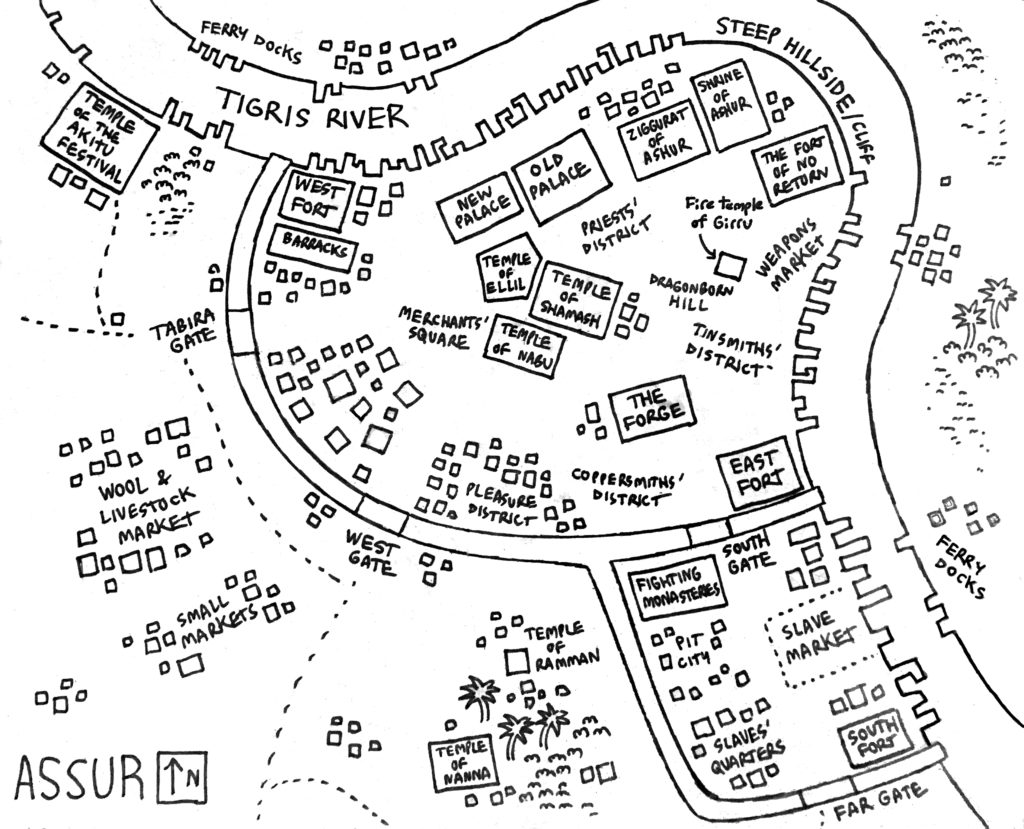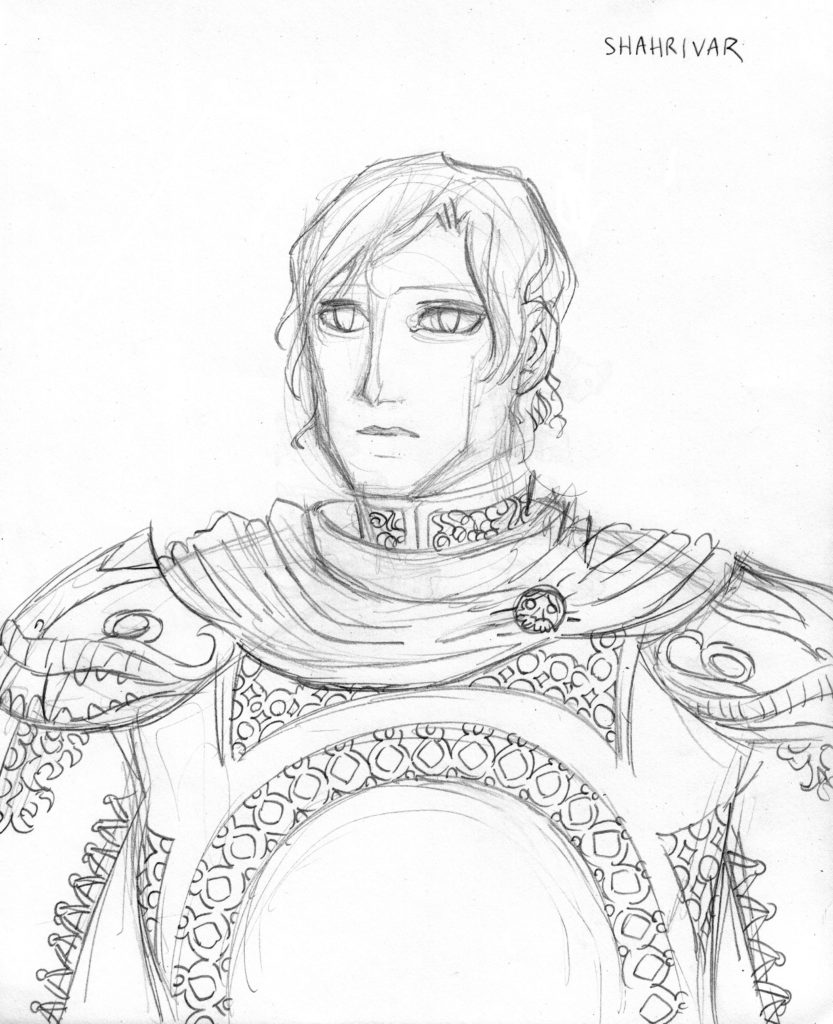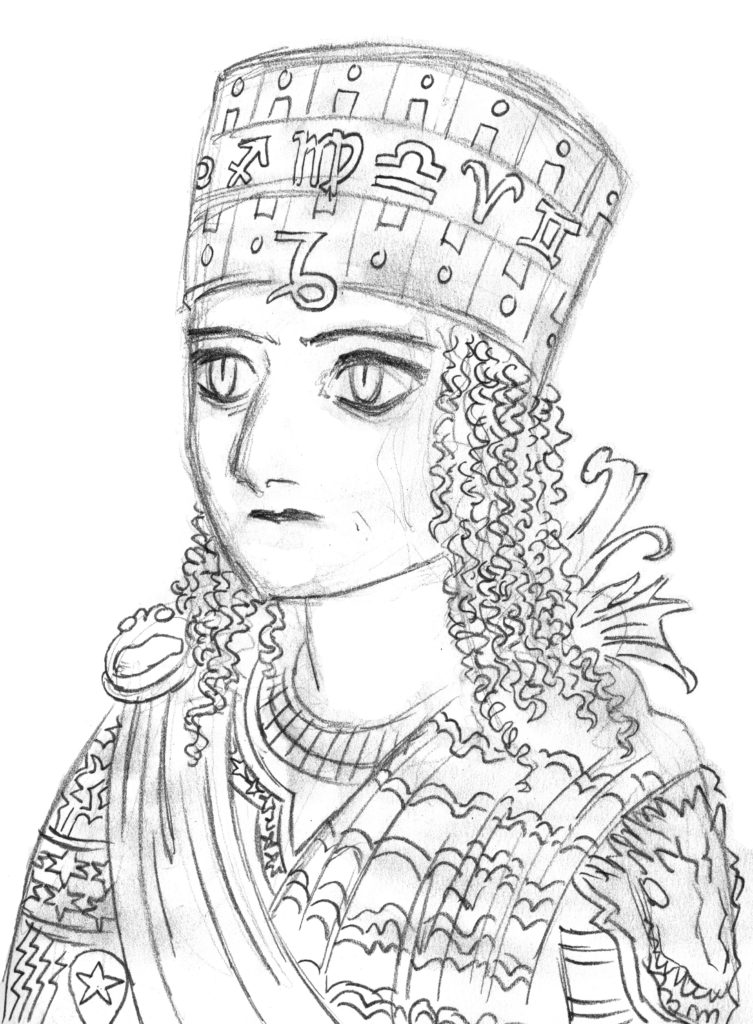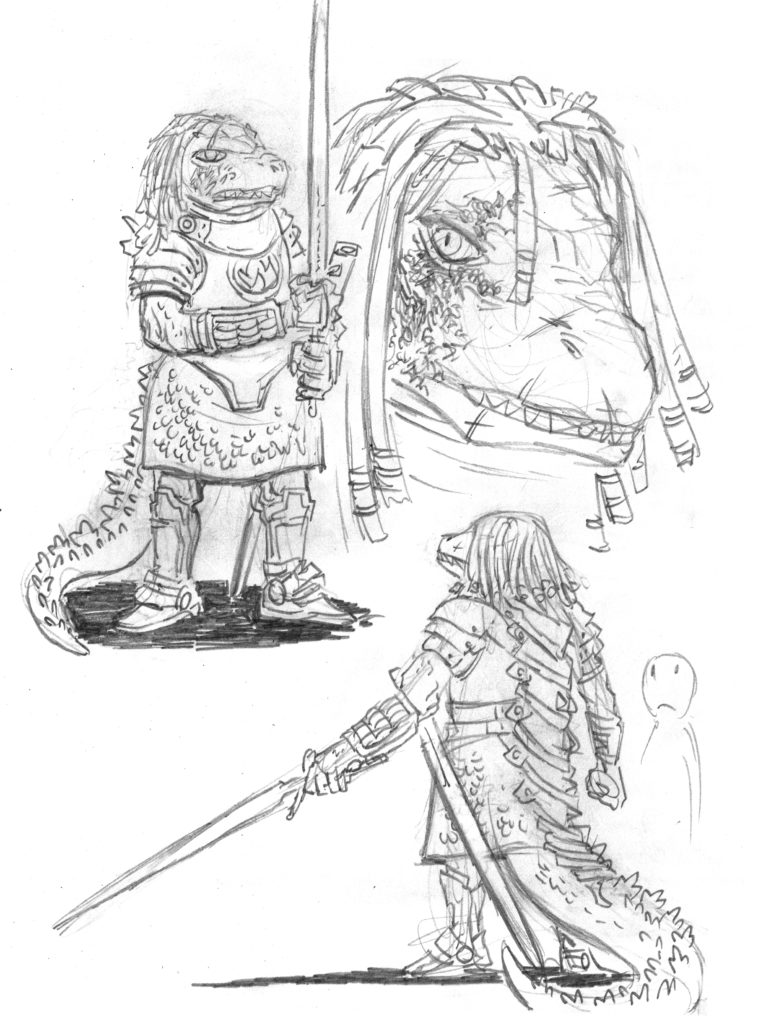Dragons of Babylon, Part 3
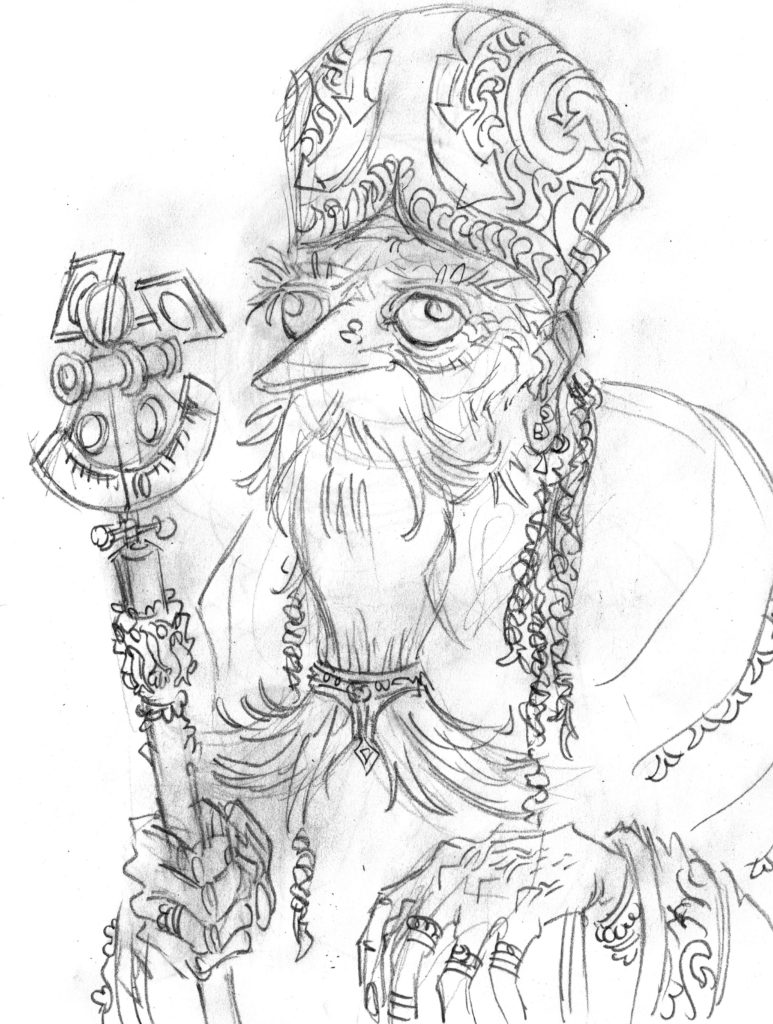
So what did we do that wasn’t in the “Rise of Tiamat” module? We filled the time with a mixture of old modules (reskinned for the pseudo-Babylonian world, as always) and whatever I wanted to throw into a D&D game, all as part of the quest to stop Tiamat, of course. Always I tried to give choices to the players, sometimes leading to argument over what course to take, and in one or two cases leading to the characters splitting and going their separate ways. (I overdid this — splitting up the party once in awhile is fun, but when I gave one player a 4-game solo adventure with the other players in the role of his NPC buddies, people started to get tired. Thankfully the heroes eventually regrouped, and got over the part-IC, part-OOC reasons which had led to the party splitting.)

Here’s some of the memorable things that happened in the game:
A trip to Hell and back, to rescue a friend. Elliott Chin had run a “trip to the underworld” sequence in his own 2000-2004 D&D game and I thought it was so rad and mythological I had to do something similar. Hell, in this Babylonian world, wasn’t alignment-based: it was a bureaucratic sort of place where both the good and the evil go, tended by demons, forever repeating their most vivid memories in a gray subterranean shadow of their former world.
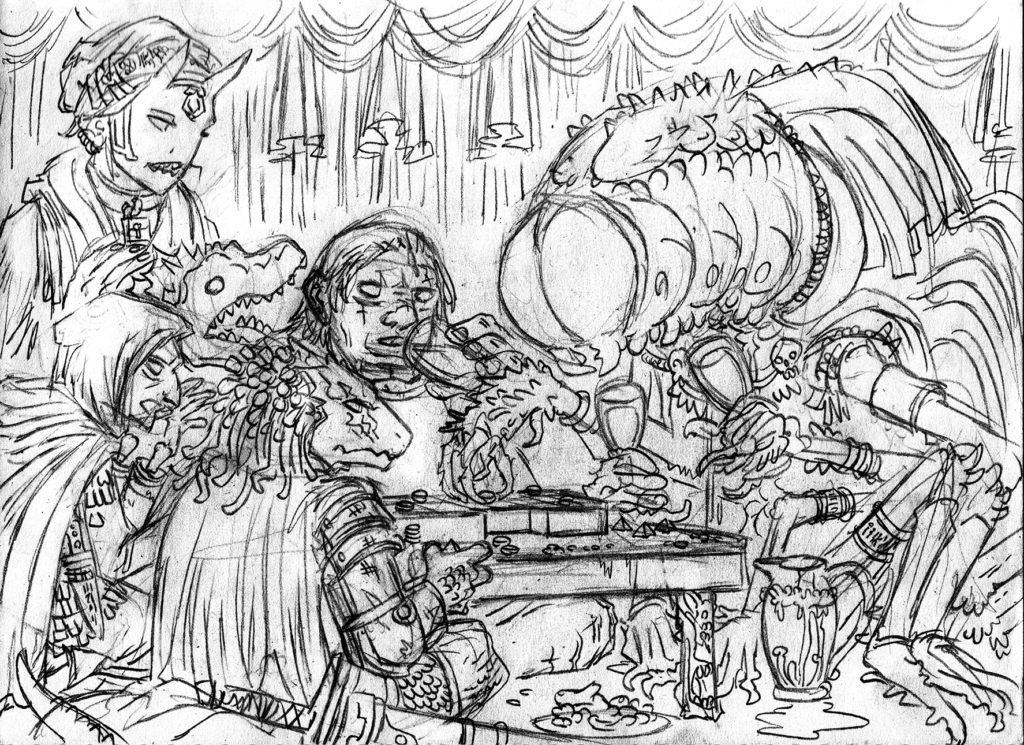

A military battle, Babylonians vs. Hittites, with military combat rules I cobbled together for the occasion (again based on rules from Scott Bennie’s eternally awesome D&D supplement Testament). To stop the White King’s invading Hittite armies, the PCs joined the troops of the Babylonian Empire and sallied forth to defend their homeland. It was fun, though I erred by having too many troops on the field, too fast… the PCs only got one session to ‘test out’ the military rules with their own small detachments before getting dragged into a huge (too huge) battle between about a zillion NPC armies, both enemy and friendly. (Having friendly NPCs assist the players is always tricky: on the one hand, you want the players to enjoy having NPC friends and not just assume that everyone in the campaign world is an enemy and/or useless, but on the other hand, there’s nothing more wanky than the DM rolling dice against themselves while the PCs watch. I didn’t always avoid the wankiness.) Still, the battle of Carchemish gave the PCs a chance to lead troops and to have some cool moments.
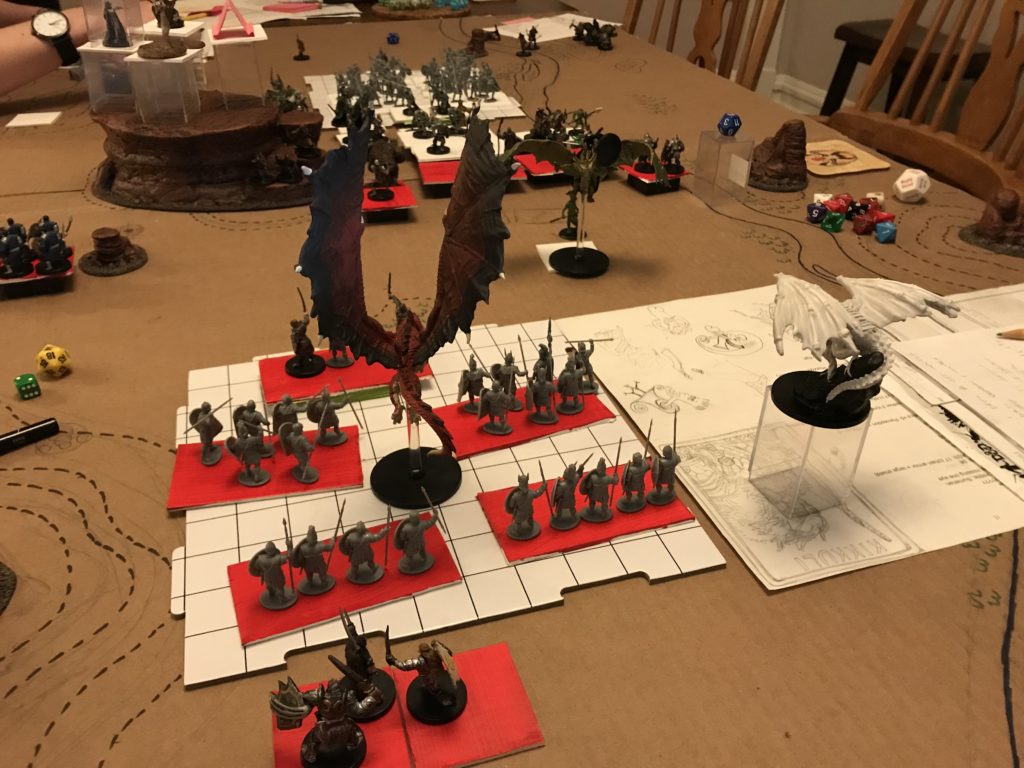
A dragon who spoke only in poetry. I had just read Dick Davis’ translation of the Persian national epic, the Shahnameh, and I loved the poetry so much I wanted to do something similar. Though I would love to be able to REAL-TIME improvise a rhyming NPC (and I tried to do this in many Dreamland RPG playtest sessions…), I wimped out and prepared its lines in advance. One of the musically talented players, when in the role of Zhosh the tiefling bard, stepped up even farther and wrote songs AT THE TABLE!!


A trip to the edge of the world (which was of course flat). Here where the world’s oceans flowed to their end, the heroes went to the Gardens of Evening, with a stop at the terrifying and reality-bending Palace of Time (a reskinned version of Lamentations of the Flame Princess’s Monolith Beyond Space and Time, which I’ve drawn a poster for).

A trip to the Tower of Babel (heavily inspired by Ted Chiang’s short story). Alas, in the end only one PC, Vasculus the lizardman, really managed to climb the tower, but the other players joined him as one-shot lizardfolk, slaves imprisoned in the workers’ quarters far up in the miles-high tower.

A second trip to Hell culminating in a game of soccer against demons. I’ll probably post the rules for this eventually. It was the World Cup and it just seemed appropriate! Unfortunately for the forces of darkness, the adventurers defeated them in physical sports just like they had previously defeated them in boardgames.

Then there were also the trips to the Elemental Plane of Plant (thank god we had plant and ‘jungle’ miniatures!!), the brief foray to the Meat Plane which grew out of one player’s offhand joke, Sethep the wizard’s business ventures, Kali’s visits to her parents, Vasculus’ trip to his homeland Nagqu City, the underwater adventure in the Tower of the Sea, and so many trips to the market (so many we made a DM’s Guild Fantasy Shopping supplement about it). And of course, a trip to the Moon.
In the next post I’ll talk about D&D challenges and problems and things I learned running the game. (And show more art by the other players!!)


